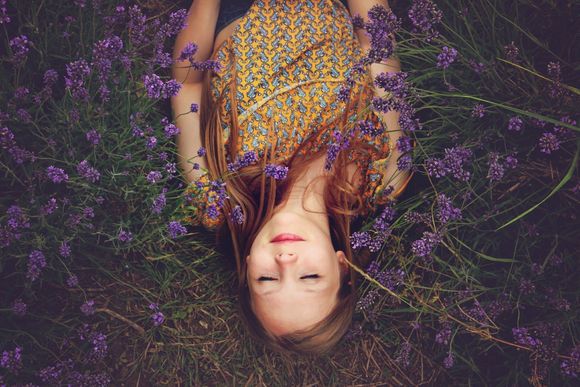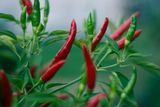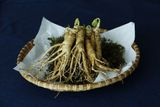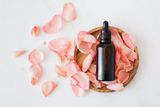The art of aromatherapy has been an ancient practice known and applied for millennia. Its many benefits and strong impact could not go unnoticed and therefore its use lies in the traditions of many peoples. It has been used as a remedy, as well as part of religious rituals, mystical and spiritual practices, in cosmetics and perfumery, in cooking [ref.1].
In Egypt, various plant resins and aromatic oils have been used in embalming mummies.
Ayurvedic medicine in India applies essential oils as a very important part of its mind and body balancing practices. They are an integral part of massage oils, scented candles and sticks.
Aromatherapy is not foreign to the ancient Greeks either. Hippocrates used chamomile oil for reducing fever, and recommended rubbing with various aromatic herbs to maintain goodhealth. Dioskorides also mentions essential oils in its Materia Medica, which are used to this day as cinnamonoil, fennel, rose, rosemary, basil, juniper, pine, etc.
In the Middle Ages, the Persian healer and philosopher Avicenna discovered the distillation process, which essentially means dividing a mixture into its constituent parts.
From then until the beginning of the 20th century, there were many books describing the properties of essential oils, including their strong antiseptic properties. However, the founder of modern aromatherapy is considered to be the French doctor René Gattefossé, who was the first to use this term. He rediscovered the antimicrobial action of lavender essential oil after burning his hands in a laboratory experiment. He later used essential oils to treat soldiers wounded at the front during WWI, and described his findings in a special publication.
Today, the action of essential oils is of serious interest to science, which explores and proves the different effects on human health and psyche.
How aromatherapy works
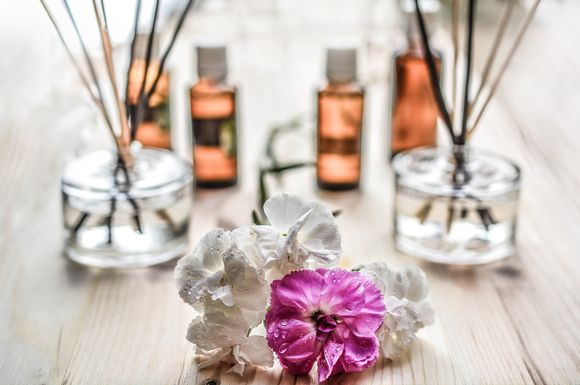
Aromatherapy means the use of aromatic plant extracts, which are called essential oils. They are extracted from different parts of plants - their leaves, stems, flowers and fruits, and applied in different ways for therapeutic purposes. Most often this is done by inhalation (inhalation) or rubbing into the skin through massages, and the effects on the body, mind and emotions are numerous.
Inhalation - the idea of this method is pure essential oils to be inhaled into the respiratory tract. This is done by evaporating the oils in the air through a special diffuser, scented candle or just a water bath. Getting into the air in small droplets, we inhale them and thus they exert their impact. On the one hand, they get into our lungs and from there into other parts of the body, and on the other hand, our sensory system and brain, and in particular the limbic system, are directly excited. It is responsible for emotions, hormonal balance, stress, heart rate, memory and more.
External application - external application can be done by rubbing into the skin, aromatic baths and cosmetic products containing oils. The skin has the ability to absorb them and so they enter the body. It is important to mention that essential oils are never rubbed undiluted into the skin, but are diluted in other, so-called base oils. Such canbe coconut, cocoa, olive, almond, etc.
Applications of certain essential oils
Despite the long-term use of oils in folk medicine, in some cases there is not enough scientific information to prove their effects. However, they are the subject of research, and even if used in moderation, they can rarely harm us. In this sense, the experience of our ancestors can be very useful to us in the search for harmony between body, mind and spirit.
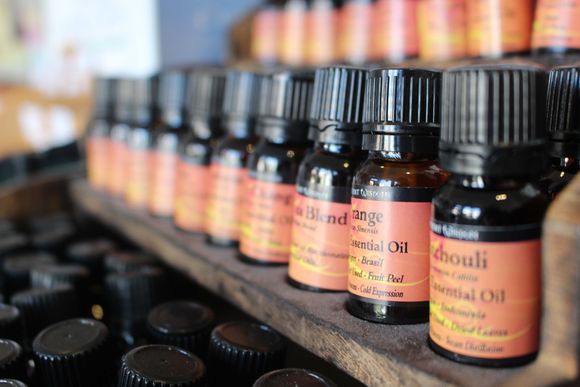
I will list some of the more famous essential oils and some of their applications, of course where there are scientific publications on the subject, will be mentioned:
- lavender oil - It is used against stress, anxiety, depression. The oil has been approved as a sedative by the World Health Organization and there are numerous studies clarifying its effects [ref.2]. The oil is also used to treat wounds and burns, migraines and sleeping disorders.
- lemongrass - perhaps this oil is best known for its property of repelling mosquitoes - it is a natural repellent [ref.3]. In addition, it has pronounced antifungal, antimicrobial and tonic properties.
- tea tree - has strong antimicrobial properties . For this reason it is often used in the treatment of acne and enters the composition of some cosmetic products [ref.4].
- Eucalyptus oil - the oil has extremely wide applications. It is used in the treatment of colds and diseases of the upper respiratory tract, gastrointestinal disorders, helps wound healing, has antimicrobial properties, is added in repellents against mosquitos and other arthropods, etc. [ref.5].
- Sandalwood - Has a pleasant smell and is used in perfumery. In Eastern traditions it is considered an aphrodisiac, it is also used as a sedative and relaxant. It is used in dermatology in the treatment of skin problems such as acne, eczema, psoriasis [ref.6].
- Thyme - it is well known to us from the kitchen, but it also has a number of other medicinal properties. In Ayurveda, the essential oil is attributed antimicrobial and anti-inflammatory properties and is used for coughs and colds, for which action has data in the modern literature [ref.7]. In addition, the oil is used as a sedative and stress reliever.
- Rose oil - the pride of Bulgarians. And rightly so - rose oil is an extremely valuable raw material with properties that go beyond the perfume industry. Rose oil is used in the manufacture of cosmetics, but is also known for its soothing and antidepressant action [ref.8].
The list of essential oils is very long and there is no way to list each of them here, but on the other end we will give you some recipes that you can prepare and apply easily at home.
Some home applications of essential oils
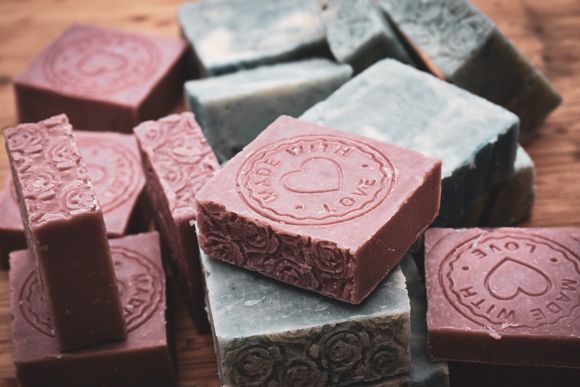
Recipes with tea tree against acne and fungi
Mixed with base oil, tea oil can be applied directly to the pimples using an ear stick.
A few drops of tea oil to a foot bath can help remove the unpleasant smell and against fungi.
Homemade bath salts
You can prepare homemade bath salts very easily. You need one glass of sea salt, 1/4 cup of baking soda and about 10 drops of essential oil.
Salt and soda will help the body remove toxins. In addition, salt has a beneficial effect on some skin irritations such as psoriasis, and the essential oil can have different effects, depending on which you choose to add or what combination. Here are some ideas for combining oils from:
- for better sleep - lavender, cedar, orange
- for relaxation - lavender, ylang-ylang, mandarin, coriander
- for the respiratory system - eucalyptus, lavender, black spruce
- tired muscles - chamomile, lavender, cypress
- toning - rosemary, sweet orange, grapefruit
Recipes for home-made insect repellent
Use 100 ml boiled water and add to it 15-20 drops lemongrass essential oil. Optionally, you can also add a few drops of lemon eucalyptus oil.
This repellent will protect you from mosquitoes and ticks for about 3 hours. The next recipe is for a lotion, which you can use after a mosquito bite:
Use 100 ml of base oil of your choice and add 2-3 drops of lavender oil and 2-3 drops of tea tree oil.
Read more in the article How To Get Rid Of Mosquitoes And Ticks And Stop The Itching With Natural Remedies
Essential oil side effects
Essential oils contain high concentrations of bioactive ingredients. This means that they should be used only diluted. It is recommended that the final concentration be not more than 5 %.
When using essential oils, keep in mind that they may interact with certain medicines. Therefore, it is highly recommended to consult a doctor in advance.
It is important to note that the use of essential oils can lead to some side effects which usually pass quickly:
Last but not least, we should mention that essential oils also affect our pets . Some of them may be useful to us, but may be harmful to them and lead to poisoning.
Read more in the article Plants and foods that are toxic for your pets
